China’s latest city car is firefly, a compact EV with a youthful identity and bright design
When it came to illuminate their new firefly brand, Chinese manufacturer NIO turned to London-based creative studio forpeople

We alighted on the NIO Firefly late last year in our round-up of Chinese cars coming soon. A diminutive city car from yet another of the country’s ultra-committed and fast-moving EV manufacturers, the firefly has a lot in common with the fun but flawed Honda e, now no longer on the market.
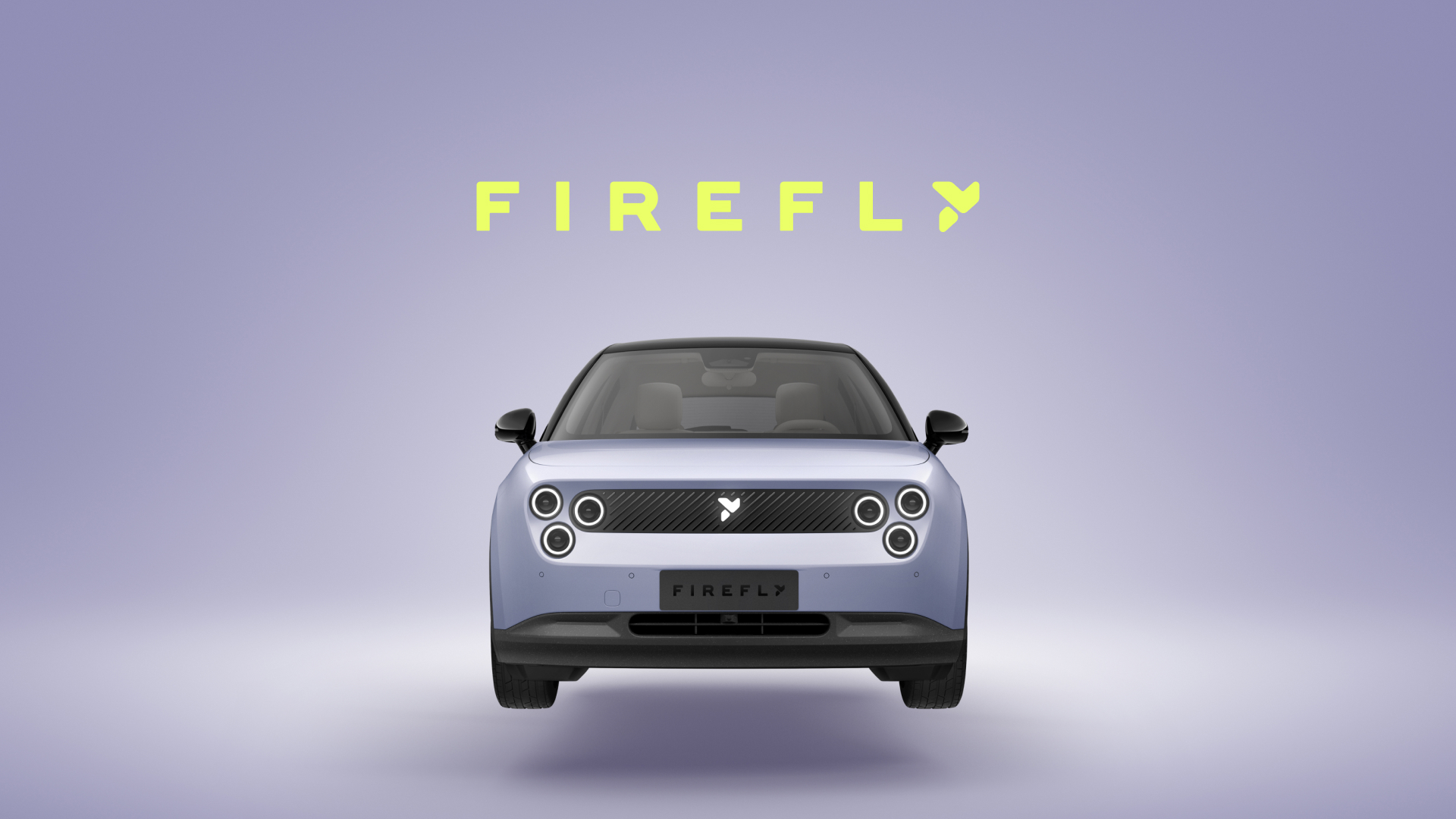
NIO firefly
In shaping a new car for a youth market, NIO has gone all-out on agency advice, tapping the wisdom of London-based creative studio forpeople to create a playful, bold and characterful identity for the tiny EV. Launched first in China, the design-first brand has a cohesive form language and palette that extends from the car itself to the on-board graphics and visual look and feel of the advertising and website.

NIO firefly moodboard
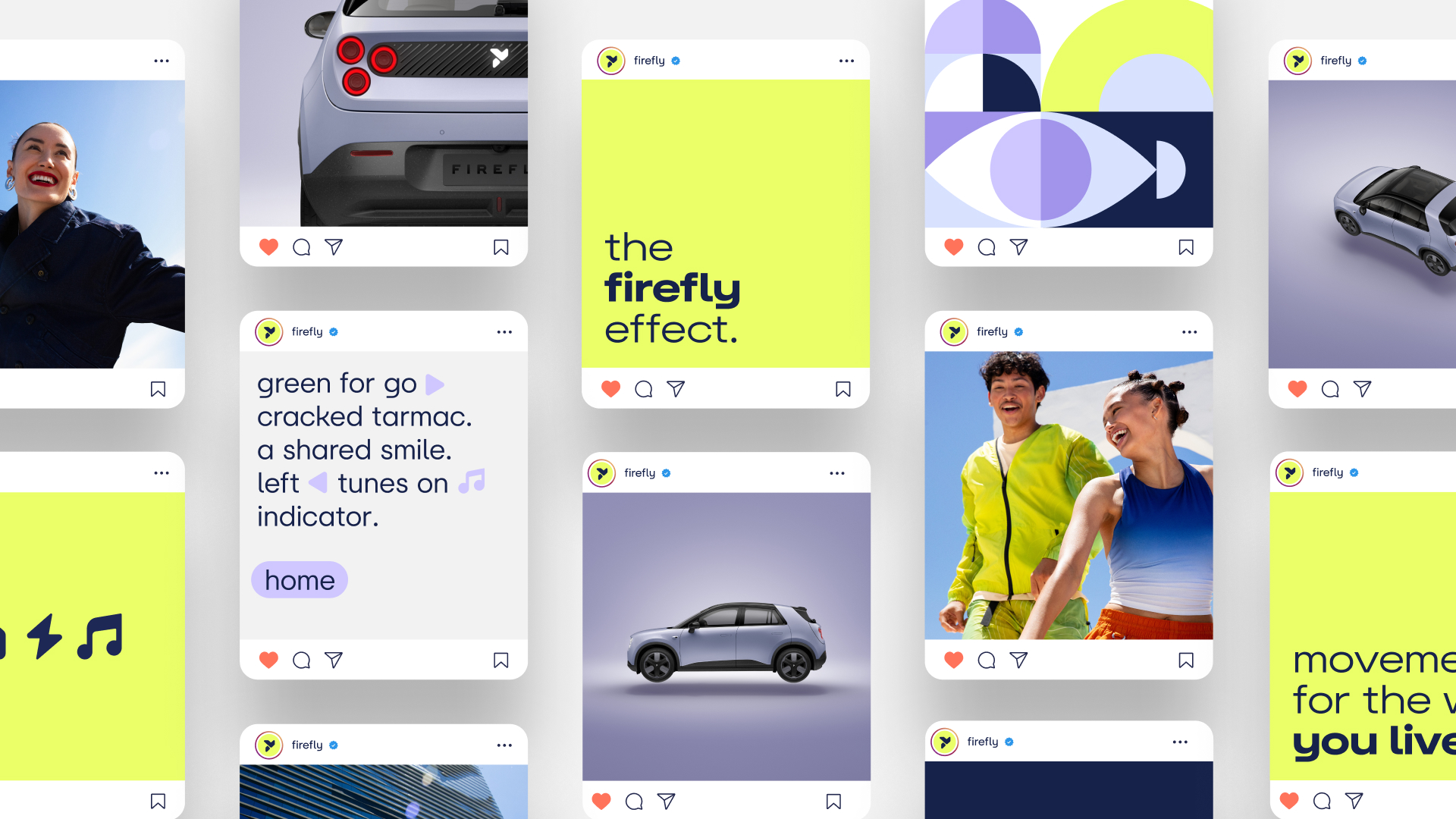
NIO firefly moodboard
The firefly concept is for a world city car, distilling NIO’s experience into this burgeoning sector. NIO, which was founded in November 2014, has a portfolio of nine conventional sedans and SUVs, with manufacturing and R&D in China, Europe and the Middle East. The firm has sold around three quarters of a million vehicles in its relatively short life, making it a growing presence in China’s vast market.
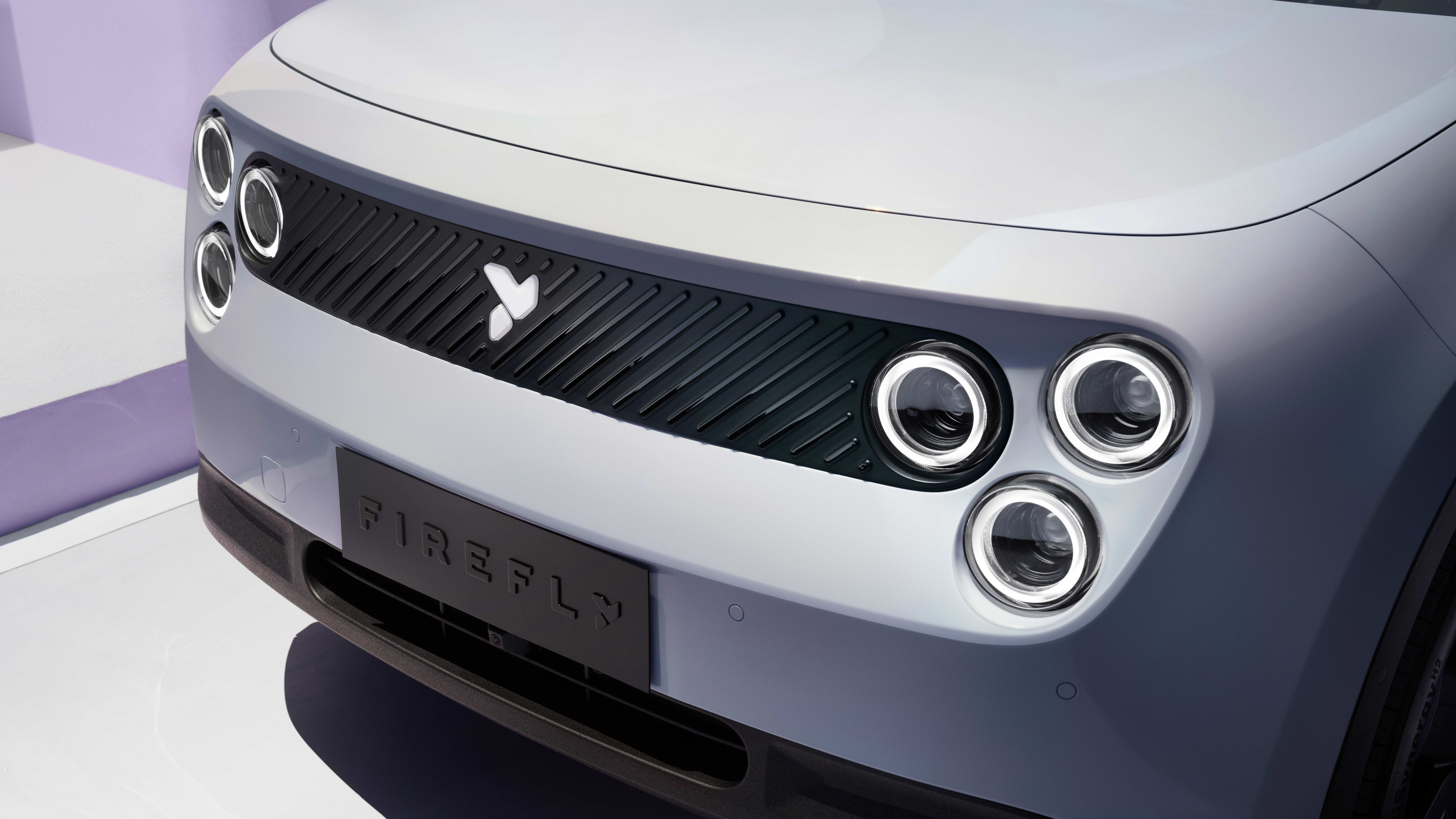
NIO firefly
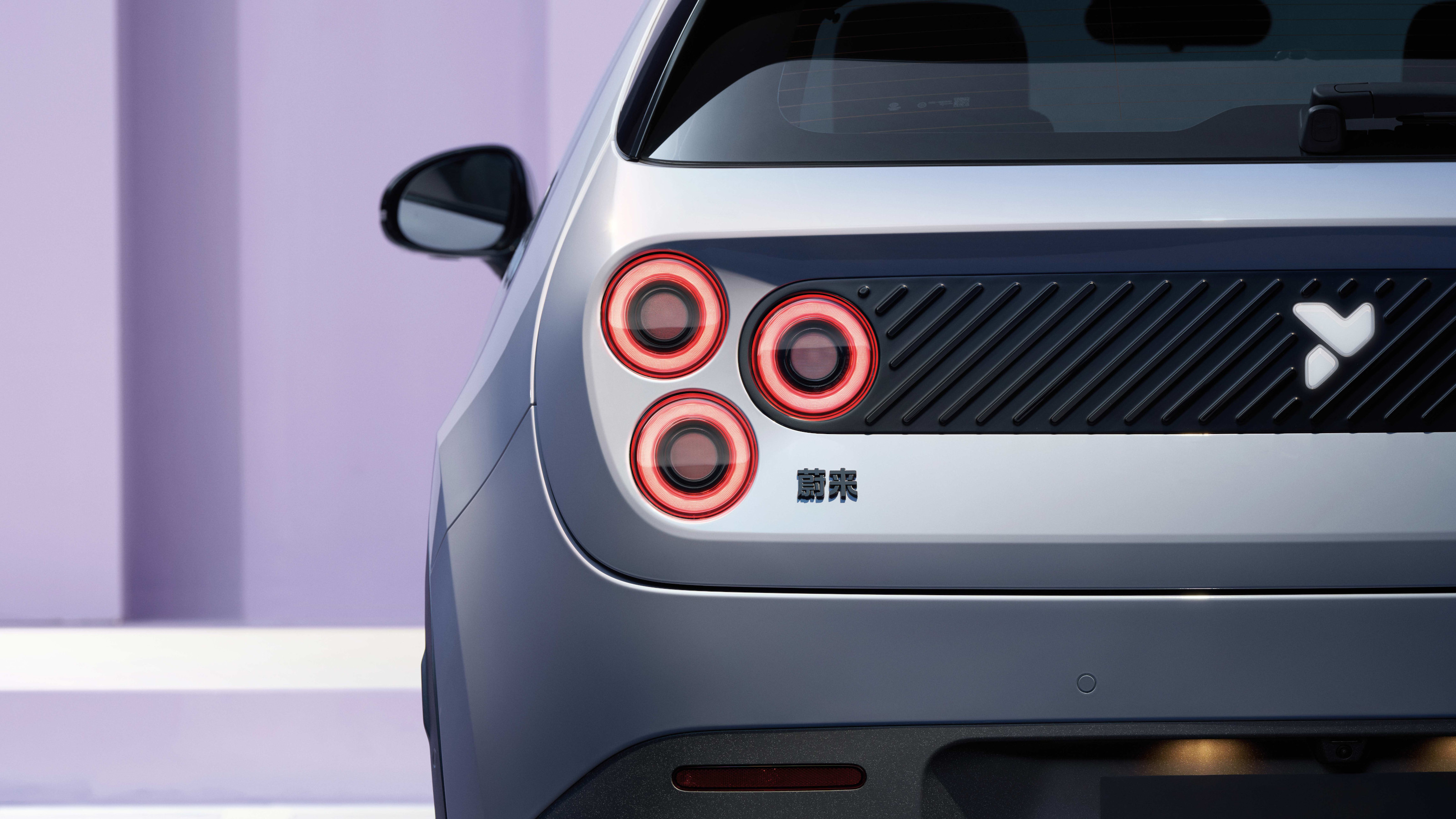
NIO firefly
Firefly is effectively a sub-brand, one that wants to crowbar itself into the consciousness of young first-time car buyers by side-stepping any associations with automotive history and heritage. Pre-orders have started already started in China and the company recently announced plans to bring the diminutive hatchback to seven European markets, including Norway and the Netherlands, where orders have also opened. UK sales are a possibility, but there’s no confirmation just yet.

NIO firefly logo
That hasn’t stopped NIO from deploying some of London’s finest creative talents on the firefly brand. Unsurprisingly, there are elements taken from the eponymous insect, ‘particularly its movement, its unique rhythm of lighting up the night's sky and how, as a community, fireflies glow together in a way that’s vivid, dynamic and powerful,’ according to the team. Key brand signatures include the triple light clusters front and rear (also very insectoid), and glowing neon elements in the visual identity and logo, which is in itself an abstract representation of a firefly.

NIO firefly
‘We wanted to create a new kind of brand experience for the segment. Creating a strong connection between the product and brand side. From brand design, exterior, to interior to the HMI – all feels very connected by the overall brand idea,’ says NIO’s Director of Brand Experience Design and Strategy Marius Holletzek. ‘Inspired by fireflies, the visual identity captures the energy, movement, and individuality that defines urban mobility today,’ said James Addison, Creative Director at forpeople.
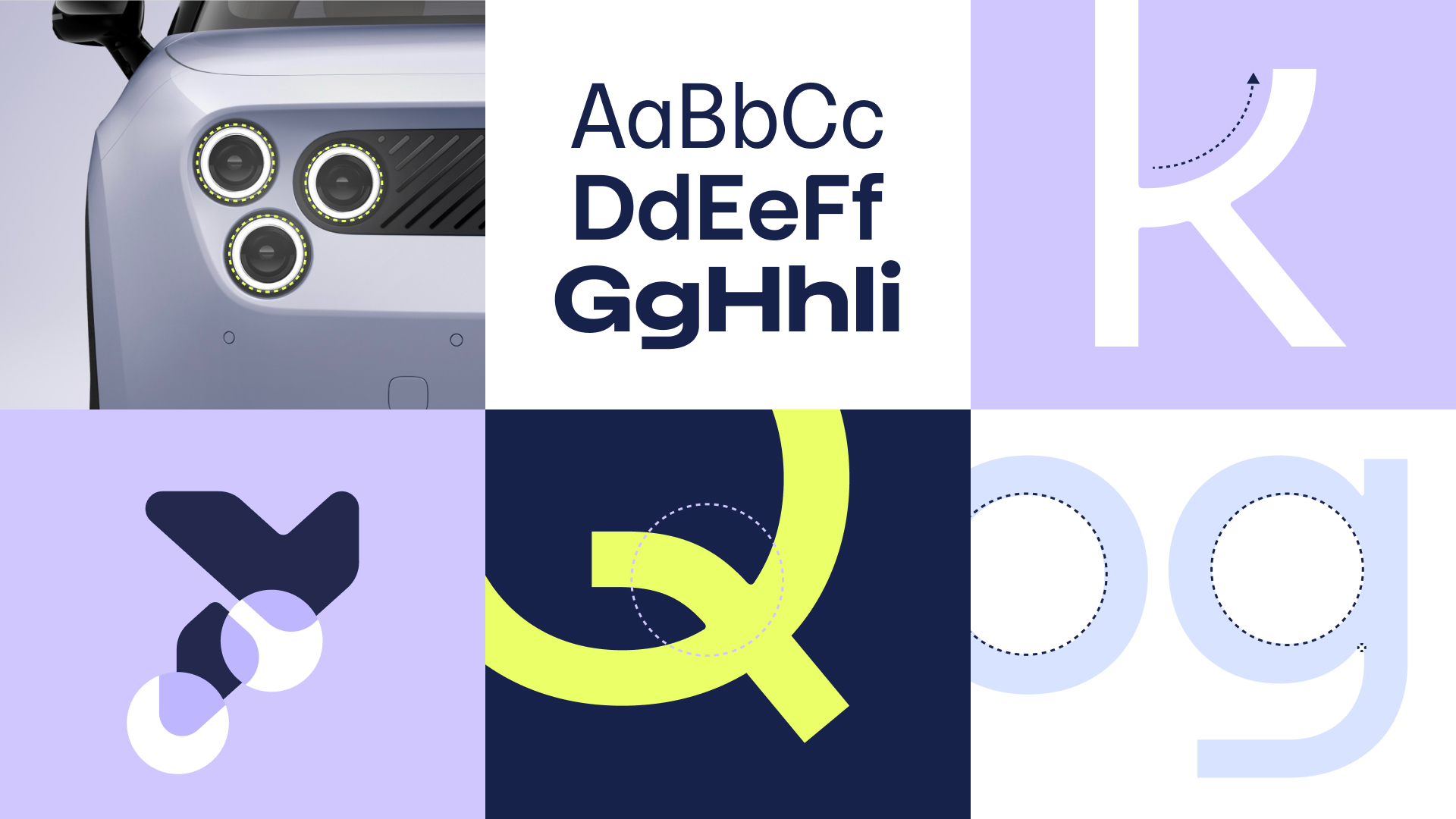
NIO firefly typeface
In addition to the logo and colour palette, the design brief also included the creation of a bespoke typeface in collaboration with foundry Gradient Type. The flashing rhythm of fireflies also informs the tone of voice. The end result is deliberately vibrant, bold and youth orientated, yet another signal that small EVs are maturing in style and sophistication.
Receive our daily digest of inspiration, escapism and design stories from around the world direct to your inbox.

The NIO firefly reveal in Shanghai
Jonathan Bell has written for Wallpaper* magazine since 1999, covering everything from architecture and transport design to books, tech and graphic design. He is now the magazine’s Transport and Technology Editor. Jonathan has written and edited 15 books, including Concept Car Design, 21st Century House, and The New Modern House. He is also the host of Wallpaper’s first podcast.
-
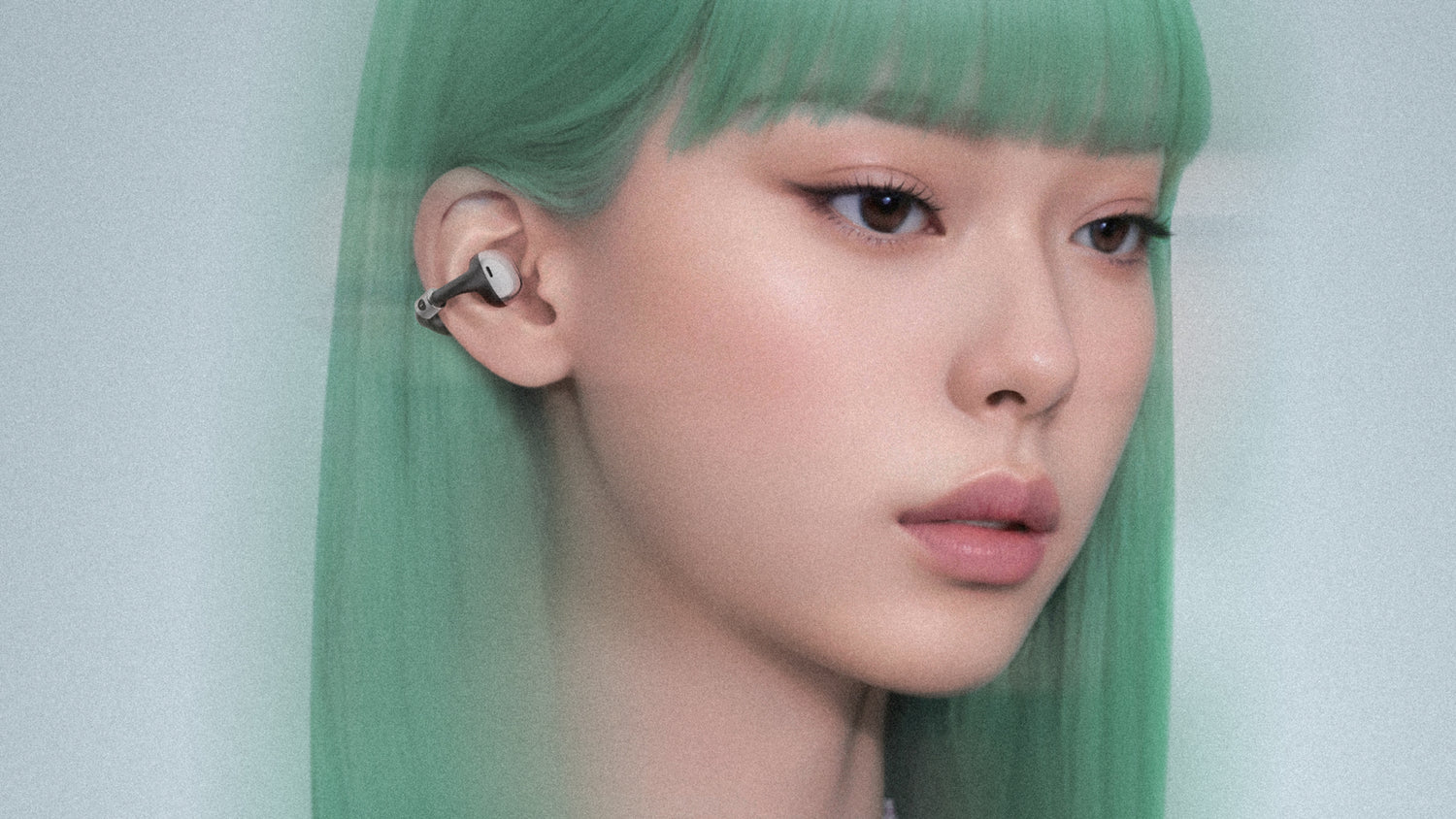 From smart glasses to ‘empathy’ machines: what AI gadgets get right (and very wrong)
From smart glasses to ‘empathy’ machines: what AI gadgets get right (and very wrong)From furry friends to smart glasses, we test the latest AI gadgets promising to enhance your life
-
 A cinematic members club’ rises in Japan’s forested hills
A cinematic members club’ rises in Japan’s forested hillsJoyce Wang Studio unveils The Magarigawa Club Clubhouse in Chiba
-
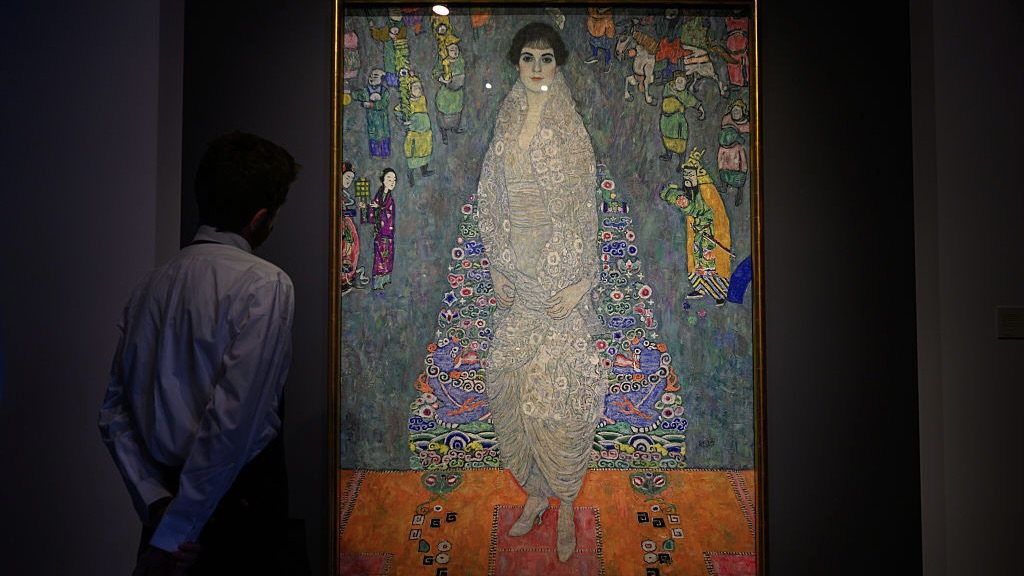 This Gustav Klimt painting just became the second most expensive artwork ever sold – it has an incredible backstory
This Gustav Klimt painting just became the second most expensive artwork ever sold – it has an incredible backstorySold by Sotheby’s for a staggering $236.4 million, ‘Portrait of Elisabeth Lederer’ survived Nazi looting and became the key to its subject’s survival